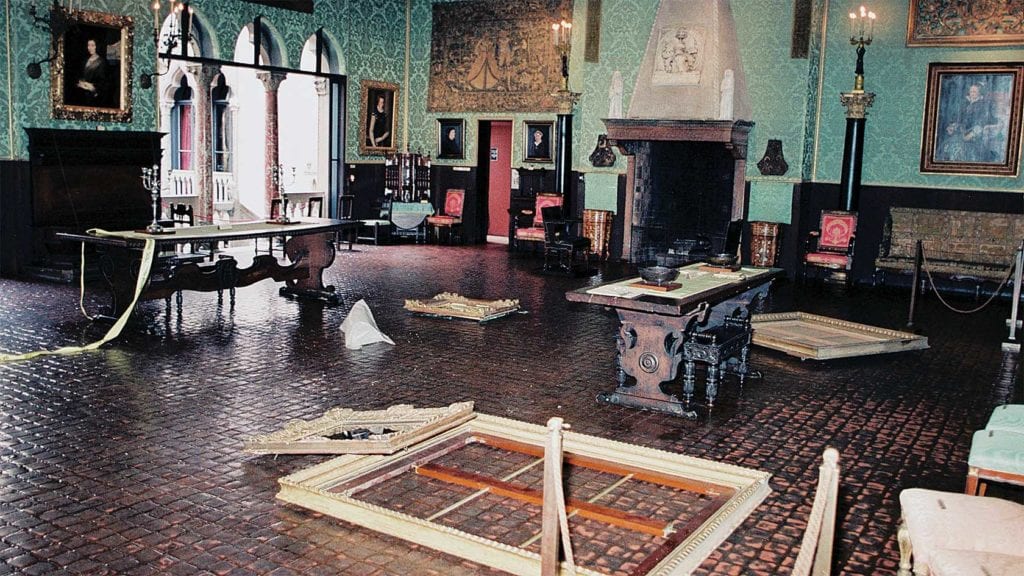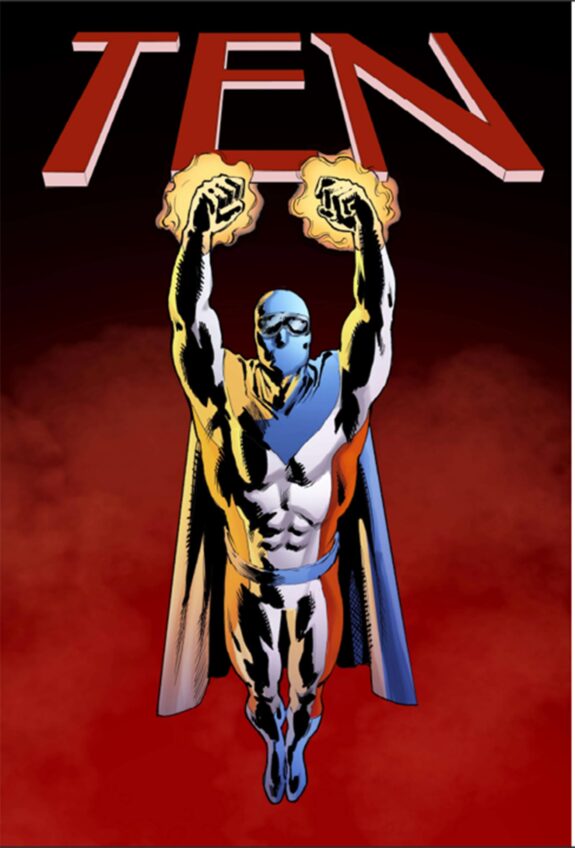
Growing up in Massachusetts, Colin Barnicle had heard the stories about the 1990 robbery at Boston’s Isabella Stewart Gardner Museum from his parents around the family dinner table. “It was a place where I had been, a place my mom talked about a lot, and a crime my dad talked about a lot,” says Barnicle in a recent call with the Banner. As the years went by, the mystery of the theft only intrigued him more and more.
By 2014, the filmmaker and his brother, Nick, began heavily researching the crime. Since there was no verdict, no arrests, nor any evidentiary findings, they were only able to research what he calls “the periphery of the case and other art crimes in the area.” Once they began reading the affidavits and the judicial findings, they recognized some of the names, and that began their descent into a rabbit hole about the unsolved art heist.
He and his brother were determined to make a film about the robbery and they spent a lot of effort in gathering information and convincing people that they were up for the task of directing a film about the theft. It was a slow process, but by 2017, they were able to make a 45-minute pilot. By the fall of 2018, through a lot of hard work, it landed at Netflix.
In the riveting four-part documentary series, “This Is a Robbery: The World’s Biggest Art Heist,” streaming now on Netflix, the true crime story is retold and revisited for a new audience. Directed by Colin and executive-produced by him and Nick, the series covers the leads, dead ends, lucky breaks and speculations that have characterized the investigation of this still-unsolved mystery.
It also includes contemporary and present-day interviews with museum staff, law enforcement, art thieves, reporters and suspects while leaping back-and-forth from 1990 to the present to shed light on the complex network of connections that may have set the stage for the robbery as well as the ongoing investigation to solve it.
Tribeca Films’ Jane Rosenthal and Berry Welsh and Boston Globe Media Partners CEO Linda Pizzuti Henry also serve as executive producers.
Barnicle’s goal at the very beginning of the project, he explains, was “to stay in the night of the robbery; to really shed as much light as possible on the ticking clock of that night, to make it intimate, to make the viewer feel like they’re going through it in real time. That was like step one. And we felt like if we could do that, we could tell you, that’s the ‘where.’ And then move on to the ‘who’— who did it, why they did it, motive.”
The infamous robbery took place in the early morning hours after St. Patrick’s Day on March 18, 1990, when two men dressed as Boston police officers arrived at the museum to investigate a so-called disturbance. They were buzzed into the Gardner by then-museum guard Richard Abath. After securing Abath and a second guard with handcuffs and duct tape, the Boston police impersonators proclaimed to them, “Gentlemen, this is a robbery.”
During the course of 81 minutes, 13 works of art were stolen from three rooms in the Venetian-palazzo-inspired home, including Rembrandt’s only seascape, “Christ In the Storm on the Sea of Galilee,” along with Vermeer’s 1658 portrait “The Concert,” Govaert Flinck’s 1638 “Landscape with Obelisk,” several Degas, and Manet’s “Chez Tortoni.” The paintings were cut from their frames, which were left scattered on the museum’s floors. At the time, the 13 pieces were valued at approximately $200 million and are valued today at $500 million, with the initial $1 million reward ballooning to $10 million.
Thirty-one years later, there’s still speculation about the robbery and the possible motive, as well as the location of the artworks. Barnicle believes that the series points the finger to a definitive degree on who did it and why — but to him, solving the riddle of the world’s largest art heist means “getting the art back on the wall.”







